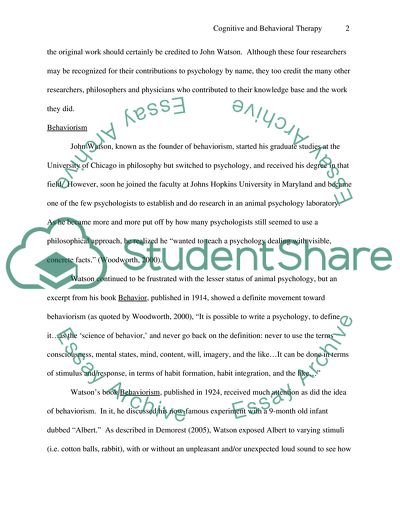Cite this document
(Cognitive Therapy, Behavioral Therapy, Both, or Neither Assignment, n.d.)
Cognitive Therapy, Behavioral Therapy, Both, or Neither Assignment. https://studentshare.org/psychology/1705347-cognitive-and-behavioral-therapies
Cognitive Therapy, Behavioral Therapy, Both, or Neither Assignment. https://studentshare.org/psychology/1705347-cognitive-and-behavioral-therapies
(Cognitive Therapy, Behavioral Therapy, Both, or Neither Assignment)
Cognitive Therapy, Behavioral Therapy, Both, or Neither Assignment. https://studentshare.org/psychology/1705347-cognitive-and-behavioral-therapies.
Cognitive Therapy, Behavioral Therapy, Both, or Neither Assignment. https://studentshare.org/psychology/1705347-cognitive-and-behavioral-therapies.
“Cognitive Therapy, Behavioral Therapy, Both, or Neither Assignment”. https://studentshare.org/psychology/1705347-cognitive-and-behavioral-therapies.


